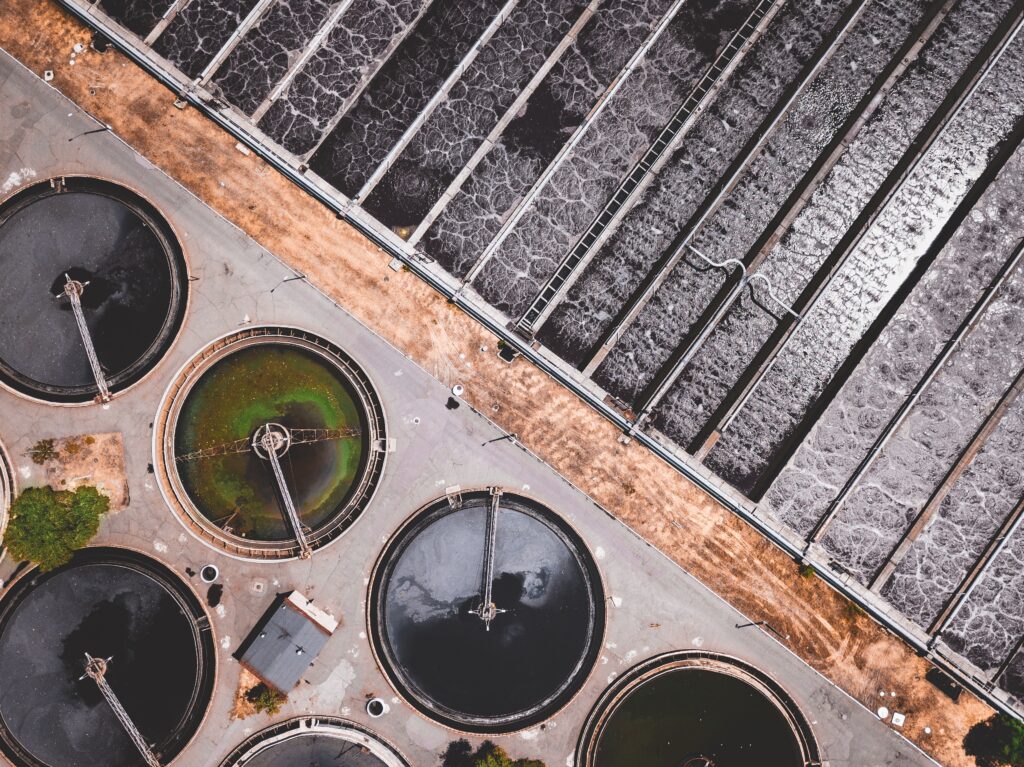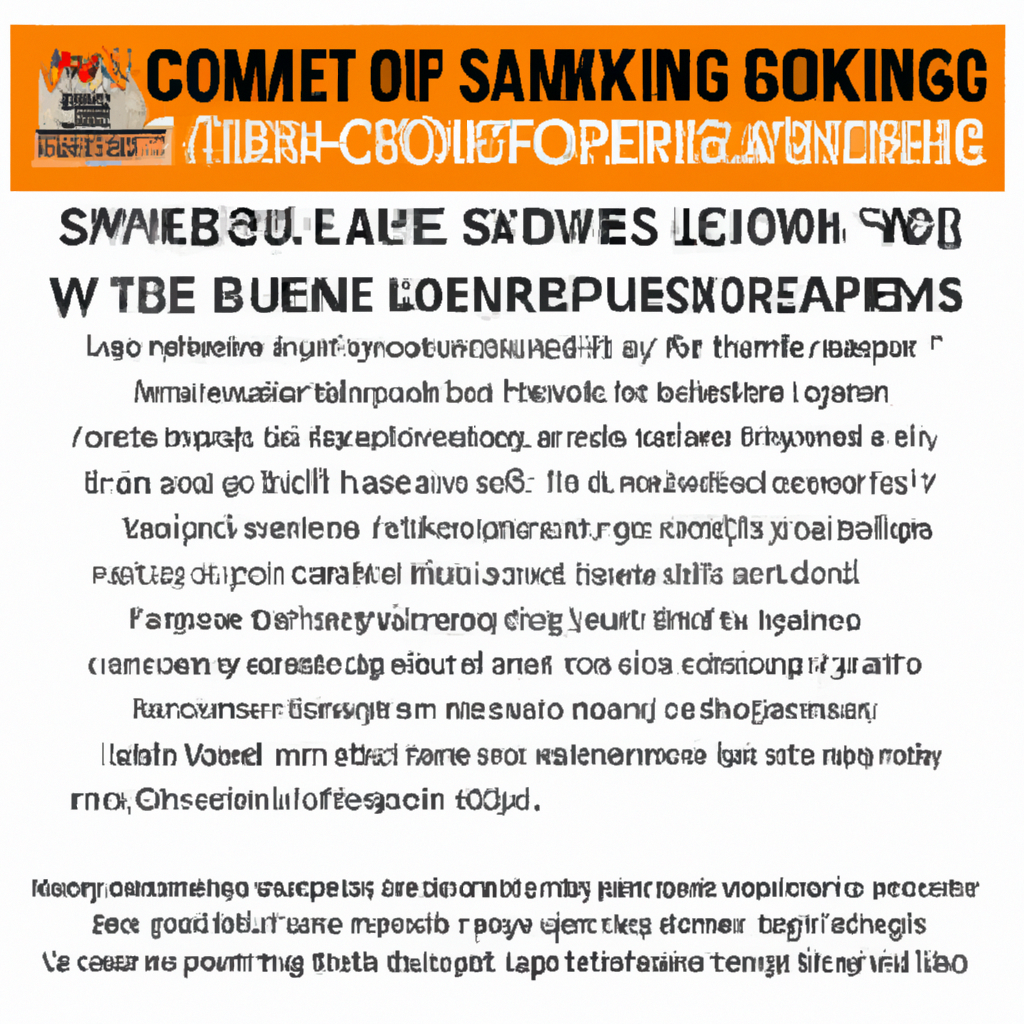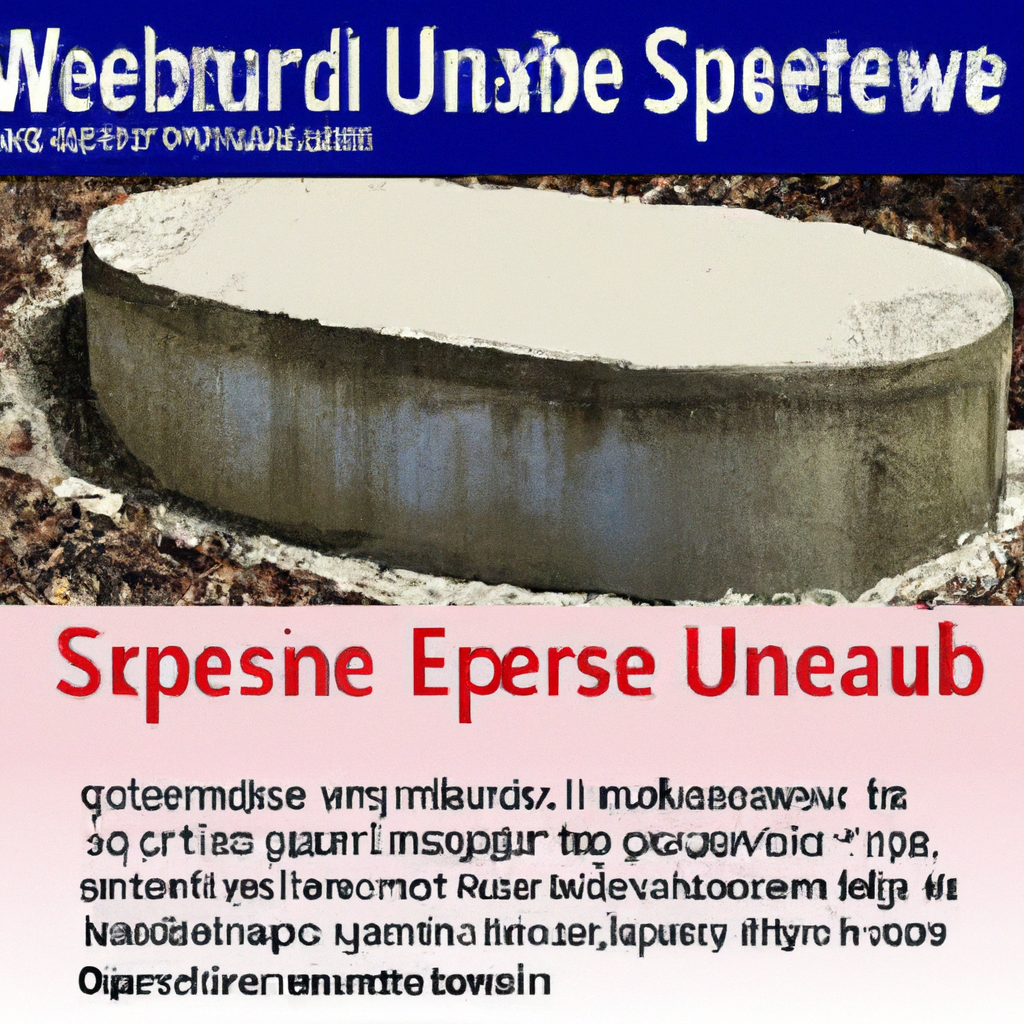You know that old saying, “out of sight, out of mind”? Well, when it comes to your concrete septic tank lid, a properly sealed one is the key to keeping your septic system running smoothly without any unwanted surprises. While it may not be the most exciting topic of conversation, ensuring that your concrete septic tank lid is tightly sealed is of utmost importance. This small but vital detail can prevent costly repairs, keep unpleasant odors at bay, and even help protect the environment. So, let’s take a closer look at why a properly sealed concrete septic tank lid is so important.
Understanding Septic Systems
Septic systems are important for homes that are not connected to public sewage systems. They are responsible for the treatment and disposal of wastewater generated by households. It is crucial to have a basic understanding of how septic systems work and the role that each component plays in their functionality. In this article, we will focus on one particular component: concrete septic tank lids.

Concrete Septic Tank Lids: An Overview
Concrete septic tank lids are an integral part of the septic system as they provide a secure covering for the tank. They are designed to withstand the weight of the soil and any external pressures while keeping the tank protected from external elements. Let’s take a closer look at the materials used in manufacturing, their common qualities, and typical dimensions.
Materials used in manufacturing
Concrete septic tank lids are made from a durable and strong material – concrete. Concrete is known for its resilience and ability to withstand heavy loads and harsh environments. It is a popular choice for septic tank lids due to its longevity and low maintenance requirements.
Common qualities and attributes
Concrete septic tank lids possess several key qualities and attributes that make them an ideal choice for covering septic tanks. Firstly, they are highly resistant to weathering and corrosion, allowing them to withstand exposure to moisture, sunlight, and other external elements without deteriorating. Secondly, they provide excellent structural integrity, ensuring that the tank remains securely covered. Lastly, they are able to bear heavy loads, such as soil or even vehicles passing over them.
Typical dimensions and sizes
Concrete septic tank lids come in various sizes and dimensions to accommodate different tank designs and applications. The most common sizes range from 18 inches to 30 inches in diameter. The lids are typically 2 to 4 inches thick, providing adequate strength and durability to bear the weight placed upon them.
Pivotal Role of Septic Tank Lids
Septic tank lids play a crucial role in maintaining the overall functioning and integrity of the septic system. Let’s examine some of the key functions and their significance.
Protection against external elements
One of the primary functions of a septic tank lid is to protect the tank from external elements. It acts as a barrier, preventing rainwater, snow, debris, and other pollutants from entering the tank. Without a properly sealed lid, these external elements can infiltrate the tank, leading to potential system failure and costly repairs.
Preventing wastewater spillage
Septic tank lids act as an essential barrier to prevent wastewater from overflowing or spilling out of the tank. A properly sealed lid ensures that the wastewater remains contained within the tank, allowing it to be properly treated and eventually dispersed into the drain field. Without a secure lid, there is a risk of wastewater leakage, which can be hazardous to both human health and the environment.
Keeping pests and small animals out
In addition to protecting the tank from external elements, septic tank lids also play a vital role in keeping pests and small animals out. The strong and sturdy nature of concrete lids makes it difficult for rodents, insects, and other unwanted creatures to access the tank. This prevents potential damage to the system and reduces the risk of contamination.
Importance of Proper Lid Sealing
Proper sealing of concrete septic tank lids is essential for maximizing the efficiency and effectiveness of the entire septic system. Let’s explore the significance of this aspect in detail.
Enhancing septic system performance
A properly sealed lid ensures that the septic system operates at its optimal level. It prevents the entry of excess air into the tank, which can disrupt the balance of the beneficial bacteria responsible for the breakdown of solids. By maintaining a sealed environment, the bacteria can thrive and efficiently break down the waste, leading to better overall system performance.
Minimizing odors
A common concern associated with septic systems is unpleasant odors. Proper lid sealing helps minimize the escape of noxious fumes and odors that are produced during the decomposition process inside the tank. This is especially important for septic systems located close to residential areas, as it ensures a comfortable and odor-free living environment.
Safety aspect of properly sealed lids
Properly sealed lids also play a crucial role in ensuring the safety of individuals, especially small children and pets. An unsealed or improperly sealed lid poses a significant hazard, as it can expose them to the contents of the tank, including harmful bacteria and chemicals. By maintaining a secure seal, the risk of accidents and injuries is greatly reduced.
Challenges with Unsealed or Improperly Sealed Lids
Failing to properly seal a concrete septic tank lid can lead to a range of problems and complications. It is important to be aware of the potential consequences to understand the urgency and significance of addressing any issues promptly.
Potential for wastewater leakage
The most immediate and pressing issue with unsealed or improperly sealed lids is the potential for wastewater leakage. This can occur due to gaps or cracks in the lid, allowing the wastewater to escape into the surrounding soil. Wastewater leakage poses a health risk and can contaminate groundwater, leading to contamination of nearby water sources.
Increased risk of contaminating the environment
In addition to groundwater contamination, unsealed or improperly sealed septic tank lids can also lead to the contamination of surface water bodies such as rivers, lakes, or streams. The pollutants present in the wastewater, such as nitrates and phosphates, can have detrimental effects on aquatic ecosystems and compromise the overall environmental health.
Odor and hygiene issues
An unsealed lid can result in unpleasant odors emanating from the septic system. These odors can permeate into the house or surrounding areas, causing discomfort and inconvenience. Furthermore, an unsealed lid can attract flies, insects, and other pests, aggravating hygiene issues and increasing the chances of disease transmission.
The danger for pets and small children
Perhaps one of the most significant risks associated with unsealed or improperly sealed lids is the danger they pose to pets and small children. They may unknowingly fall into the tank, leading to drowning or exposure to harmful substances. Ensuring the lid is properly sealed eliminates this potential hazard and provides peace of mind for homeowners.

Assessing the Condition of Your Septic Tank Lid
Regular inspection of your septic tank lid is crucial to identify any signs of wear, damage, or improper sealing. Here are some guidelines to help you assess the condition of your lid and determine if professional help is necessary.
Frequency of inspection
It is recommended to inspect your septic tank lid at least once every year. However, if you notice any warning signs or have experienced significant weather events, it is advisable to inspect it more frequently. Regular inspections allow for early detection of any issues and help prevent them from escalating into major problems.
Warning signs of poorly sealed lids
During your inspection, keep an eye out for certain warning signs that may indicate a problem with the lid sealing. These signs include visible cracks or gaps in the lid, dampness or pooling of water around the lid area, and foul odors emanating from the tank. If you come across any of these indicators, it is important to address them promptly.
When professional help is necessary
While some minor lid sealing issues can be resolved by homeowners, there are instances where professional help is necessary. If you have noticed significant damage or deterioration of the lid, it is best to consult a septic system professional. They have the expertise and specialized tools to accurately assess the lid’s condition and provide appropriate solutions.
Practical Steps to Properly Seal a Concrete Septic Tank Lid
Ensuring that your concrete septic tank lid is properly sealed is crucial for the optimal performance of your septic system. Here are the steps to guide you through the process:
Materials required for sealing
Before sealing the lid, gather the necessary materials. You will need a suitable sealant, often a high-quality silicone-based sealant, as well as a caulking gun for application. Additionally, have a wire brush or sandpaper on hand to clean the lid surface before sealing.
Step-by-step guide to lid sealing
-
Start by cleaning the surface of the concrete lid. Use a wire brush or sandpaper to remove any dirt, debris, or loose particles. It is essential to have a clean and dry surface to facilitate proper adhesion of the sealant.
-
Once the surface is clean, load the sealant into the caulking gun and cut the applicator tip at a 45-degree angle. This angle ensures a proper bead of sealant that covers the gap adequately.
-
Apply a continuous bead of sealant along the outer edge of the lid, ensuring complete coverage and a tight seal. Pay special attention to any cracks or gaps that may be present.
-
Smooth out the sealant with a putty knife or a gloved finger to ensure an even and consistent seal. This step helps to remove any excess sealant and create a visually appealing finish.
-
Allow the sealant to cure and dry completely, following the manufacturer’s instructions. This may take a few hours or more, depending on the specific sealant used.
Safety precautions during the sealing process
When sealing the lid, it is important to prioritize safety. Make sure to wear gloves and safety glasses to protect your hands and eyes from any potential harm. If working at heights, consider using a sturdy ladder or scaffolding to ensure stability and prevent accidents.

The Role of Professionals in Lid Sealing and Maintenance
While some lid sealing tasks can be handled by homeowners, there are certain situations where professional assistance is recommended. Let’s explore the instances when engaging professional services is the best course of action.
When to engage professional services
If you encounter significant damage to the lid, such as large cracks or structural issues, it is advisable to engage the services of a septic system professional. They have the knowledge and expertise to accurately assess the situation, recommend appropriate solutions, and carry out repairs or replacements if necessary. Additionally, if you are unsure of how to properly seal the lid, consulting a professional can ensure the job is done correctly.
Benefits of expertise
Professionals possess a deep understanding of septic systems and have experience working with various types of lids. They can provide insights and solutions tailored to your specific septic system, ensuring a high-quality and long-lasting result. With their expertise, they can identify any underlying issues, such as cracks in the tank itself, that may require attention.
Cost considerations for professional assistance
While professional assistance may come at a cost, it is crucial to consider the long-term implications of neglecting lid maintenance. Hiring professionals can help prevent major problems and potential system failures, saving homeowners from costly repairs or even complete septic system replacements.
Long-term Maintenance of a Properly Sealed Lid
Once you have properly sealed your concrete septic tank lid, it is essential to incorporate regular maintenance practices to ensure its longevity and functionality. Here are some tips for the long-term maintenance of a properly sealed lid:
How often lids should be resealed
While concrete septic tank lids are known for their durability, it is still recommended to periodically inspect and reseal them as part of routine maintenance. Depending on various factors, such as weather conditions, lid usage, and the presence of any external stressors, resealing might be necessary every 2 to 5 years. Regular inspection will help determine the appropriate time for resealing.
Addressing wear and tear
Over time, the concrete lid may develop minor cracks or show signs of wear and tear. It is important to address these issues promptly to prevent them from worsening. Small cracks can be repaired using sealant, while more significant damage may require professional attention. Regular inspections allow homeowners to identify and address these issues in a timely manner.
Additional care measures
In addition to regular inspections and resealing, there are several additional care measures homeowners can take to maintain a properly sealed lid. Keep the lid area clear of any debris or vegetation to prevent the lid from being compromised. Avoid placing heavy objects or parking vehicles directly over the lid, as this can lead to structural damage. Finally, consider installing a riser on the lid to make future inspections and maintenance easier.

Consequences of Neglecting Septic Tank Lid Maintenance
Neglecting proper maintenance of your septic tank lid can have significant consequences that can impact both your finances and the environment. It is essential to understand the potential risks and take the necessary steps to avoid them.
Potential damage to the septic system
A neglected lid can lead to various problems that can ultimately damage the entire septic system. Wastewater leakage, infiltration of external elements, or the entry of pests can compromise the functionality and integrity of the tank, resulting in costly repairs or even a complete system replacement. Regular maintenance of the lid minimizes the chances of such damage.
Cost implications of system repair or replacement
Repairing or replacing a septic system can be a costly endeavor. Neglecting lid maintenance can contribute to the deterioration of the entire system, resulting in significant expenses. By investing in regular inspections and maintenance, homeowners can avoid major repairs and prolong the lifespan of their septic system.
Long-term impact on the environment
The environmental impact of neglecting septic tank lid maintenance should not be overlooked. Wastewater leakage due to an unsealed or improperly sealed lid can contaminate groundwater and surface water bodies. This contamination affects not only the local ecosystem but also the overall environmental health. By prioritizing lid maintenance, homeowners can minimize their ecological footprint and contribute to a cleaner and healthier environment.
In conclusion, concrete septic tank lids play a crucial role in the functionality and longevity of septic systems. They protect the tank from external elements, prevent wastewater spillage, and keep pests and small animals out. Proper sealing of the lid enhances system performance, minimizes odors, and ensures safety. Neglecting lid maintenance can lead to wastewater leakage, environmental contamination, hygiene issues, and potential dangers for pets and small children. Homeowners should regularly assess the lid’s condition, seal it correctly, and consider professional assistance when necessary. Long-term maintenance, addressing wear and tear, and avoiding neglect are essential for the proper functioning of the lid and the entire septic system. By prioritizing lid maintenance, homeowners can prevent damage, reduce costs, and contribute to a healthier environment for all.
